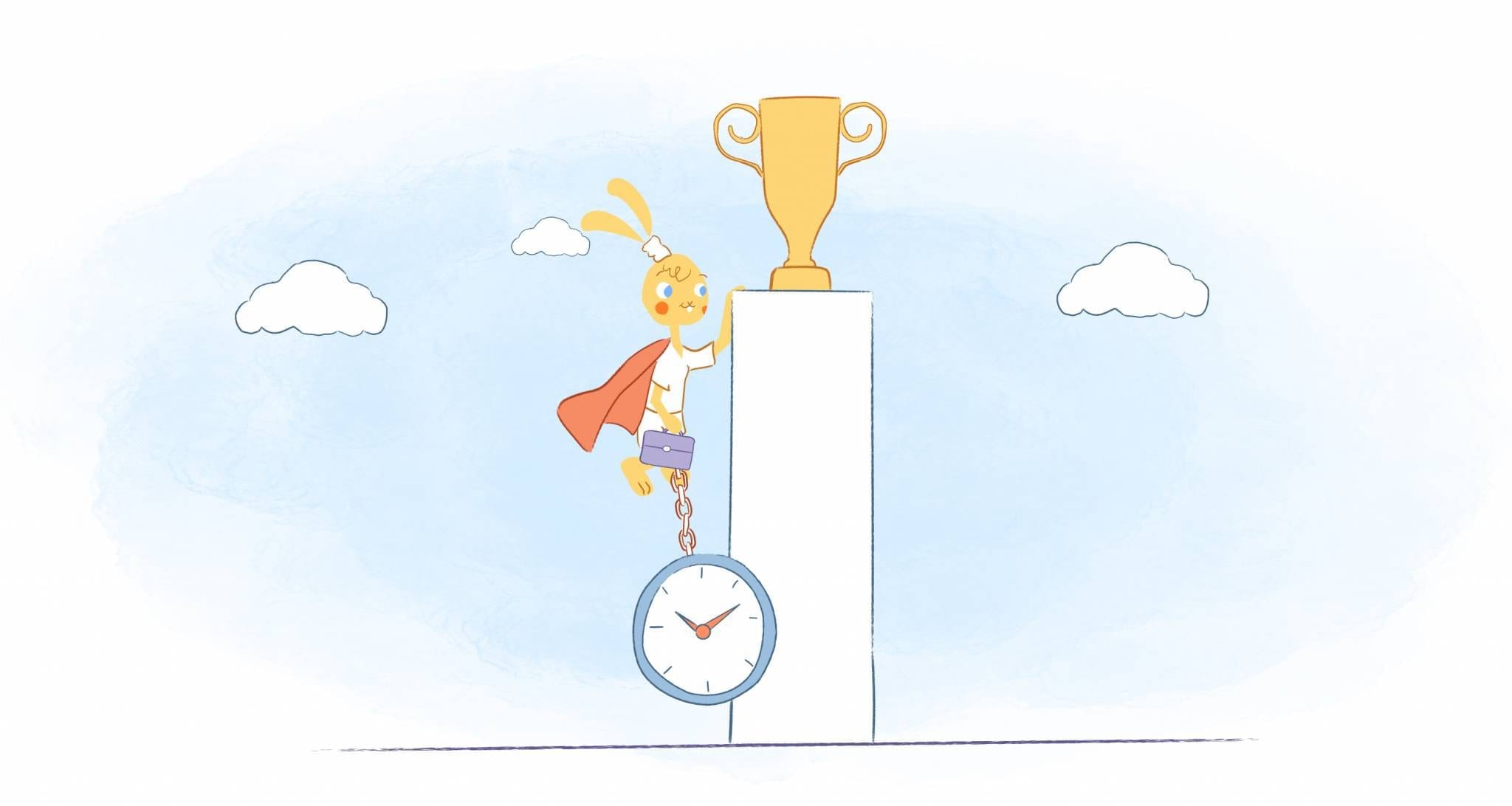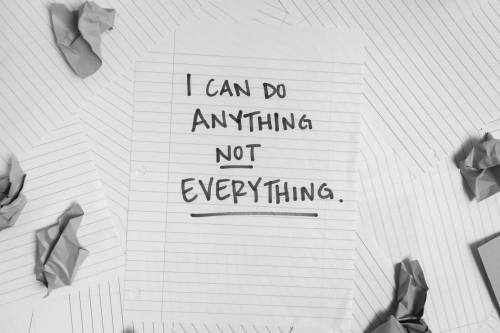

I hate to be the bearer of bad news, but you may not be the best at calendaring your day. Technology is moving at breakneck speed, and we’ll have tool advances to enhance our time usage along with new and advanced advice. For now, schedule your day this way to increase calendar productivity.
Create your daily plan the night before.
The first place to start when scheduling your day to increase calendar productivity is by actually planning your ideal day. Best, for me, is to prepare the night before. This way when you wake-up, you know exactly what your day is going to look like and where you’re going. You’ll be less sidetracked by minor emergencies or indecisiveness.
There’s no right or wrong way to map-out your day, but here’s what you may want to include:
- All of your appointments, phone calls, and meetings for the day.
- The top three priorities that you want to complete, or make progress-on, by the end of the day.
- Take time for self-care, such as exercise, meditation, or learning something new.
When planning your day, make sure that you’re realistic. You may have ten items you consider as “priorities,” but you most likely will not accomplish all of them. Some people feel disappointed because they didn’t accomplish everything on the to-do-list.
Once you’ve narrowed down your top three priorities, jot down the practical action steps that will help you cross these items off on your to-do-list. The list can help you remain focused and ensures that you have everything you need for the day.
With your daily plan in order, you can go ahead and schedule it into your calendar.
On a final note about your evening routine: You may want to consider the timesaver of preparing your meals and clothes for the next day. Laying everything out the night before can be done at the same time. Ideally, you can do all this on a Sunday night or a couple of days in advance. The forethought saves you time and decision-making energy.
Jumpstart your day with a morning ritual.
A morning routine encourages you to get into the right flow as soon as you wake-up. It sets up your mind and energy so that you’ll have a productive day. Best of all, you’re not wasting energy thinking about what you need to do. It’s automatic.
While everyone has their own ideal morning routine, here’s what you should add to your morning routine if you want to have a productive day:
- Wake-up before everyone else so that you have time to yourself without being disrupted.
- Drink a 16 oz glass of water (I drink a bottle) upon awaking. Then after your morning routine, grab one more of these drinks, so that you remain hydrated throughout the day. Don’t lounge through this drink — just chug it down — and be done.
- Avoid your phone and use this time for deep thinking and reflection.
- Exercise so that you have the mental and physical energy to power through the day.
- Consume a healthy breakfast. Like exercise, this will keep you mentally and physically sharp.
- Read for around 15 minutes so that you learn something new or keep up-to-date about your industry.
- Meditate for around 10 minutes. It can help improve your ability to focus.
Eat your frog first thing in the morning.
Mark Twain once famously said, “Eat a live frog first thing in the morning, and nothing worse will happen to you the rest of the day.”
Since then, time management experts have embraced this idea. The idea simply means that you should tackle the most important or challenging task first thing in the morning. Believe it or not, science backs this up.
According to Dan Ariely, a Duke University professor of psychology and behavioral economics, people are usually most productive within the first two hours after becoming fully awake.
“One of the saddest mistakes in time management is the propensity of people to spend the two most productive hours of their day on things that don’t require high cognitive capacity (like social media),” Ariely wrote during a Reddit AMA. “If we could salvage those precious hours, most of us would be much more successful in accomplishing what we truly want.”
So let’s say that you wake up at 6 am. You should identify your frog and schedule it into your calendar at eight or nine am at the latest. No exceptions — okay unless you get off-track. If you get off track; use your trusty “I’m getting back on track mojo.”
After you’ve eaten that frog, you’ll have a sense of relief. I think of it as “logging in on life,” and “powering-up.” These mental images give a great start to the day — then you can devote your remaining energy to soft tasks like answering emails for an hour. OR, if you’re having a great day — decide, “today I’m going to dive into my productivity-hacks.”
Schedule your days in blocks.
When planning your daily tasks, use time blocking. Block out specific times to accomplish specific tasks in your calendar. For example, you could block out nine to 11 am to eat your frog. The calendaring and the blocks allow you to know precisely how you’re going to use your time and the time frame to complete each task.
According to guru Cal Newport:
“Sometimes people ask why I bother with such a detailed level of planning. My answer is simple: it generates a massive amount of productivity. A 40-hour time-blocked work week, I estimate, produces the same amount of output as a 60+ hour work week pursued without structure.”
To get the most out of time blocking you should schedule 90-minute chunks of undistributed work. You’ll turn off notifications on your phone or computer and possibly placing a “Do Not Disturb” sign on your door.
Since our office is open — we have specific cues for code. No earphones mean. “okay to bother, I’m on a soft task.” The white earphones mean “approach with caution.” The noise-canceling headphones mean, “stay the hell away; I’m busy.”
Why 90-minute intervals? The human brain can only focus on a task for 90-120 minutes. A 20-30 minute break is needed afterward for the brain to recharge so that it can focus on the next job.
Batch same-type tasks together.
When filling-out your calendar, start batching tasks together. As explained by Amanda Abella in another calendar article, “Batching refers to a productivity hack where you only focus on similar tasks. For example, if I have to take meetings, I’ll take them all the same day. If I have several articles to write for clients, I will do that all the same day as well.”
“The idea is simple. If you’re not jumping around doing different tasks, your brain doesn’t need to take the extra time to adjust.” It helps to remain focused on the task at hand and make your time blocks as productive as possible.
Don’t forget to schedule breaks.
It’s just not possible to be at peak productivity 24/7. You need to schedule breaks throughout the day so that your brain has time to rest and recharge. This way, when you jump back to work, you’ll be refreshed and refocused.
As Tim Ferriss wrote in The 4-Hour Workweek, “Alternating periods of activity and rest is necessary to survive, let alone thrive. Capacity, interest, and mental endurance, all wax and wane. Plan accordingly.”











Deanna Ritchie
Editor-in-Chief at Calendar. Former Editor-in-Chief and writer at Startup Grind. Freelance editor at Entrepreneur.com. Deanna loves to help build startups, and guide them to discover the business value of their online content and social media marketing.